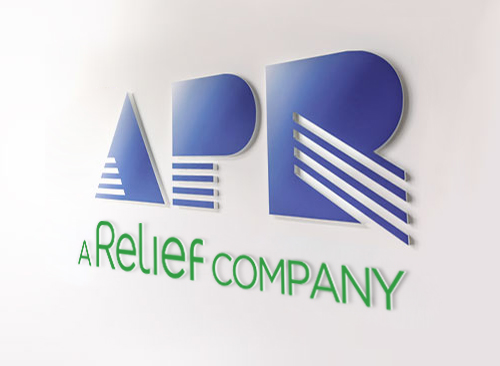Radiation-induced nausea and vomiting (RINV) can affect 40%-80% of patients undergoing radiation therapy (Dennis et al).
A recent study (Vidall et al) has shown that there is a perceptual gap between healthcare professionals and patients in terms of the incidence and impact of RINV; this may lead to sub-optimal prescription of anti-emetics and therefore management of RINV.
This study has also shown that the formulation of the anti-emetic medication is important: minimizing the pill burden and eliminating the requirement to swallow medication could improve patient adherence during treatment.
A pilot study conducted by Takeda Canada (“Ondansetron rapidly dissolving film for the prophylactic treatment of radiation-induced nausea and vomiting – A Pilot Study”; Chow, Pulenzas et al) has investigated the efficacy of Ondansetron (an anti-emetic mainly prescribed in its oral pill form) in a OroDispersible film (ODF) formulation.
This study, presented at the last MASCC in Copenhagen, shows that Ondansetron ODF controls nausea and vomiting, during and after radiotherapy, both in patients that did not have pre-existing emetic episodes and in those that had them, with rates that are comparable to those obtained with Ondansetron in established formulation.
Ondansetron ODF is offered with an innovative delivery system – an ultra-thin film composed of a water-soluble polymer which can be administered without liquids. This type of formulation may improve patient adherence to therapy, supporting an optimized prevention of CINV/RINV.
Ondansetron ODF market share has been growing across European countries and Canada – Ondansetron ODF is marketed in Europe by Norgine under the brand name Setofilm® and in Canada by Takeda under the brand Ondissolve® – and sales are expected to expand with increasing patient numbers.
APR offers marketing and commercialization rights for Ondansetron ODF through regional or local license agreements.








